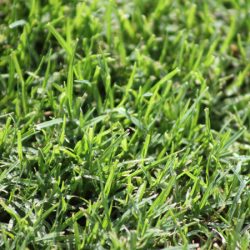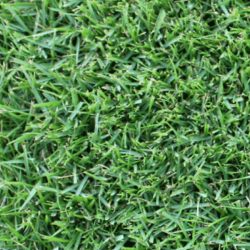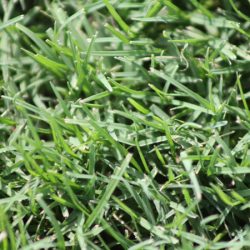Compare Lawns
See what turf works best for you.Choosing the Right Lawn for You
There are many types of grass. Selecting a lawn variety that suits your individual conditions is a key step. In fact it can make the difference between a healthy, thriving lawn or a lawn that struggles and needs a lot of upkeep. Once you know the varieties that will suit your home, the individual look and feel of each type is often the determining factor.
Climate
One of the biggest factors in our Australian climate is the water requirements of the grass. How much rainfall you receive in your area will affect this, as will water restrictions over summer.
Equally important is how much sun or shade the grass will be subject to. Shade can be troublesome for lawns that have a high sunlight requirement. When considering the impact of shade on the area, keep in mind newly planted hedges or young trees. They will grow taller and cast more shade over time.
These previous considerations will tie into the amount of drought tolerance your lawn will need. With lots of sunlight and less rainfall, or water restrictions, you will need a grass with high drought tolerance.
Similarly, if the winters in your area are particularly frosty, you will need a lawn with higher frost tolerance. As well another factor for winter is how each grass holds its green colour through the season.
Traffic
What you intend to use the lawn for will affect how much wear and tear it will receive. If you have lots of foot traffic, such as in parks or sports grounds, or if you have pets or children, you will want a quick repairing grass.
Maintenance
It is also important to consider how much time you are willing to spend mowing your lawn. Different grasses grow at different rates and this can make a huge impact on your time, especially over the peak growth period.
Look and Feel
Finally you have to consider the look and feel of each grass. Do you want a broad or fine leaf? Is a soft feel to your lawn important to you? What height would you like your lawn to sit at?
These factors will help you determine which lawn will best suit you. And, getting it right will you set you up for an easier, happier time. Find more information on individual lawns on our product page.
See our latest Sir Grange vs Sir Walter comparison guide.
| Sir Walter Turf | Sir Grange Zoysia | Eureka Kikuyu Turf | Nullarbor Couch Turf | |
|---|---|---|---|---|
| Winter colour | Excellent if well fertilised |
Very Good if well fertilised |
Very Good if well fertilised |
Average if well fertilised |
| Shade Tolerance | Excellent |
Excellent |
Poor |
Very Poor |
| Drought Tolerance | Good |
Excellent |
Good |
Very Good |
| Leaf Texture | Broad | Fine | Broad | Fine |
| Wear Resistance | Very Good |
Excellent |
Good |
Excellent |
| Recovery from Injury | Very Good |
Very Good |
Very Good |
Excellent |
| Fertilising Requirement | Beginning of each season | Low fertiliser requirement. Does not need a lot to stay healthy | Beginning of each season | Beginning of each season |
| Weed Resistance | Excellent |
Excellent |
Good |
Good |
| Disease Resistance | Excellent |
Very Good |
Good |
Good |
| Insect Resistance | Very Good |
Excellent |
Poor |
Average |
| Heat Resistance | Very Good |
Excellent |
Good |
Excellent |
| Salt Tolerance | Very Good |
Excellent |
Poor |
Excellent |
| Mowing Requirement | Weekly | Low frequency of mowing. Grows slowly | At least Weekly. More often when fertilised | Twice Weekly |
| Mowing Height | 20 - 25mm | Wide range of mowing height options | 20 - 25mm | 15 mm |
| Uses | Home Lawns, Commercial, Parks, Pre-schools | Home Lawns, Commercial, Parks, Golf Courses, Sports Fields, School Play areas, Roadside Green Space | Home Lawns, Commercial, Parks, Golf Courses, Sports Fields | Home Lawns, Commercial, Parks, Golf Courses, Sports Fields |

Our Turf
TifTuf Bermuda
Buy Turf Online © 2019 All Rights Reserved. | Proudly Designed and Developed by Sydney ICT




